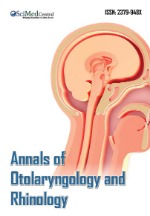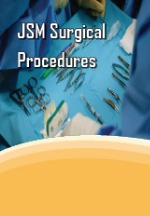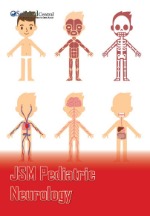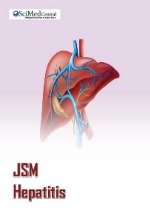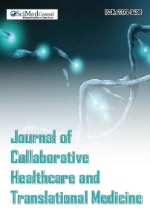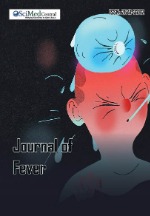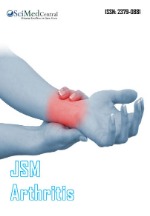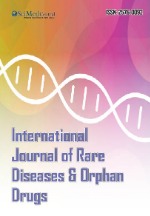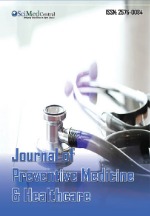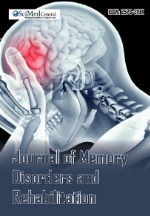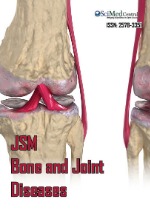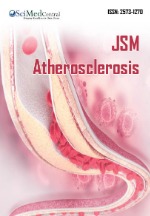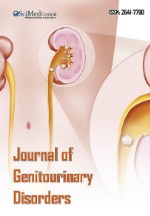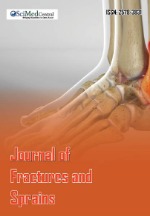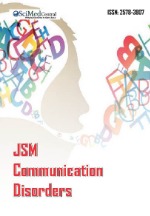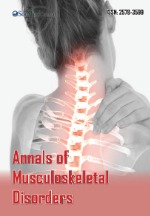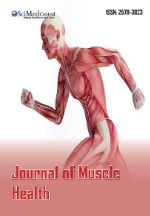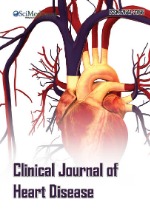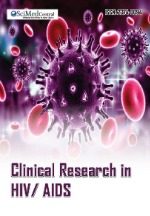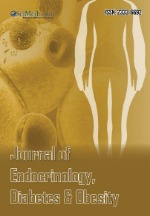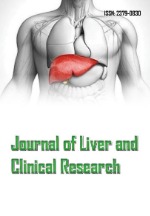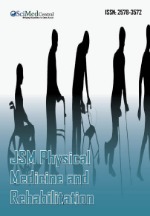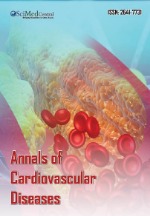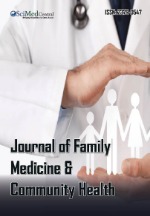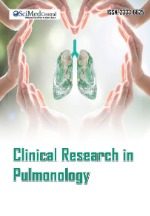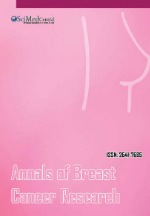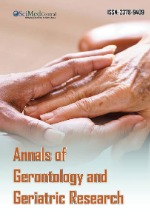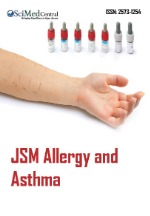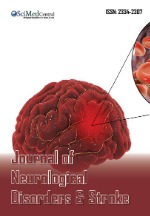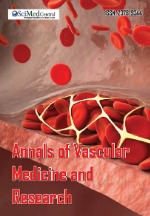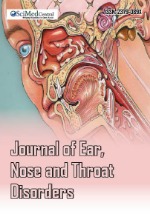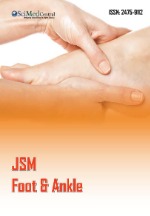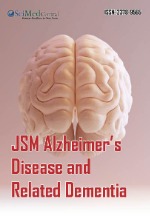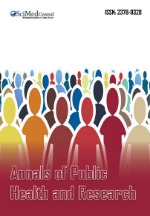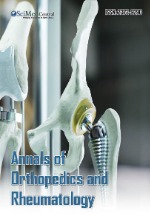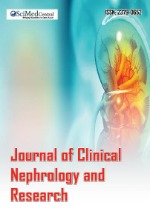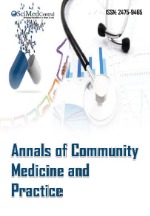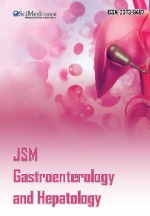Matters of the Heart: The Gender Disparity in Health Focus
- 1. Cardiothoracic Surgeon, Aga Khan University Hospital, Pakistan
- 2. Medical Student, Aga Khan University Hospital, Pakistan
CITATION
Inam H, Agrawalla A (2025) Matters of the Heart: The Gender Disparity in Health Focus. Ann Clin Exp Hypertension 9(1): 1063.
INTRODUCTION
Cardiovascular disease (CVD) poses a great mortality risk for women worldwide, claiming 51% of all women’s lives, significantly surpassing breast cancer, which accounts for 3% of female deaths [1]. Despite its significant impact, its burden is underestimated and underrepresented in public health campaigns and clinical care pathways. Awareness and advocacy for CVD in women lags far behind other medical conditions like breast cancer, which receives huge recognition and funding through campaigns like the pink ribbon. This disparity in awareness and resources skews the perception of risk in women and the true scale of the problem is not effectively assessed. This becomes one of the leading causes in poor health outcomes and delays in care for women with CVD.
It is also found that CVDs present differently in women as classic symptoms described previously in literature may not always comply with the symptoms seen in women. Due to the lack of knowledge regarding the variety of symptoms, CVDs may be under diagnosed or incorrectly diagnosed as the diagnostic criteria is still not properly defined in the female population [1,2]. People still believe that CVDs predominantly affect males as compared to females [2]. Women are also told that estrogen provides a significant amount of protection to their cardiovascular system during their fertile period which may lead women to have a false sense of security. However they don’t realise that the hormonal protection wanes after menopause when estrogen levels drop which significantly increases the impact of any untreated risk factors women may already have before menopause like obesity, diabetes, hypertension and even nicotine use [3]. This can lead to increased morbidity and mortality.
Research on animal models show that nicotine affects males and females differently due to various reasons like the volume distribution of nicotine being higher in females as compared to males and the clearance being greater in males than females [4]. While women consume fewer cigarettes as compared to men, they experience a disproportionately higher smoking related mortality and find it harder to quit smoking as compared to men which highlights the gender specific vulnerabilities [5]. The rate of consumption of smokeless tobacco products varies over regions of Pakistan and can even be as high as 42% in urban regions of Karachi [6]. It is imperative that we raise awareness with regards to the detrimental effects of nicotine on women due to varying pharmacological effects on women as compared to men.
The social factors in LMICs and specifically for Paksitan are such that women’s autonomy in all aspects of their lives are limited. They have been given the societal status of being “subordinates” and “child bearers”. There is a large gap in education nutrition employment and healthcare in women as compared to men as men are given priority in the Pakistani household. Many times, women prioritize their family and children over their own health [7]. Women’s health is still a very taboo topic in households as they are told not to discuss their health issues. They are usually brought to the hospital only in critical conditions as they are still not allowed to leave their homes. All these factors lead to poor health outcomes and health seeking behavior.
After analysing the various hinderances to women’s health, its important to introduce solutions to improve health outcomes and reduce morbidity and mortality.
Its important to first investigate the various symptoms that women may present with when they have any CVD. Researh needs to be done to better our understanding of CVD risk factors and symptoms found in women. We need to devise new and improved guidleines that highlight the gender specific diagnostic criteria and management. These guidelines can then be implemented by healthcare providers so that they may diagnose CVDs in women and improve their patient outcomes.
Keeping Pakistans social norms in mind, we need to introduce more culturally sensitive education programs to empower the women of our society. In the rural set up, BHUs and lady healthcare workers are the primary represenatatives of healthcare in the underserved areas of Paksitan. It important engage them to facilitate early identification and raise awareness about risk factors to promote preventative care. In the rural areas, information and knowledge usually spreads via storytelling so its important to leverage it to counteract the myths of CVDs being a predominantly male health issue and improve literacy.
Major policy changes are required. We cannot proceed with research on CVDs without equitable funding and awareness initiaitives to ensure parity with breast cancer campaigns. Its imperative to lobby for gender sensitive health reforms that address barriers to access and improve quality of care for women.
By shifting the narrative towards CVD in women and addressing the disparities in awareness and treatment, healthcare systems can achieve earlier diagnoses, more effective interventions, and ultimately better outcomes for female patients. Bridging this gap requires a coordinated effort from policymakers, healthcare providers, and communities to recognize and respond to the unique challenges women face in accessing cardiac care. A multi-faceted approach focused on education, equitable resource allocation, and culturally sensitive care delivery is vital. Together, we can empower women to take charge of their heart health and ensure that no woman’s life is cut short due to preventable cardiac conditions.
REFERENCES
- Vogel B, Acevedo M, Appelman Y, Bairey Merz CN, Chieffo A, Figtree GA, et al. The Lancet women and cardiovascular disease Commission: reducing the global burden by 2030. Lancet. 2021; 397: 2385-2438.
- Mosca L, Benjamin EJ, Berra K, Bezanson JL, Dolor RJ, Llyod DL, et al. Effectiveness-based guidelines for the prevention of cardiovascular disease in women--2011 update: a guideline from the american heart association. Circulation. 2011; 123: 1243-1262.
- Maas AHEM, Franke HR. Women’s health in menopause with a focus on hypertension. Netherlands Heart J. 2009; 17: 68-72.
- Benowitz NL, Hatsukami D. Gender differences in the pharmacology of nicotine addiction. Addict Bio. 1998; 3: 383-404.
- Sofuoglu M, Mooney M. Subjective responses to intravenous nicotine: greater sensitivity in women than men. Exp Clin Psychopharmacol. 2009; 17: 63-69
- Sharma R, Kanaan M, Siddiqi K. The Diversity in Tobacco Use Among Women of Reproductive Age (15–49 Years) in Pakistan: A Secondary Analysis of a Multiple Indicator Cluster Survey 2016–2018. Nicotine Tobacco Res. 2024; 26: 931-939.
- Qureshi N, Shaikh BT. Women’s empowerment and health: the role of institutions of power in Pakistan. East Mediterr Health J. 2007; 13: 1459-1465.


